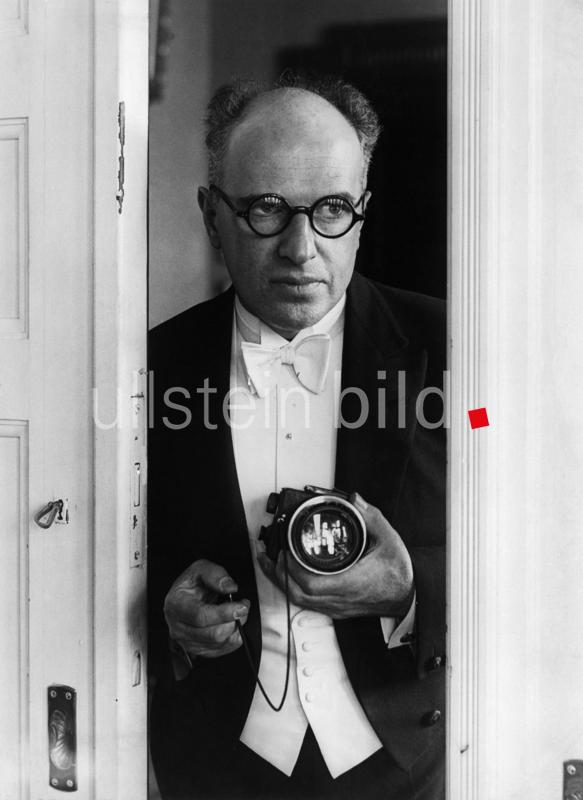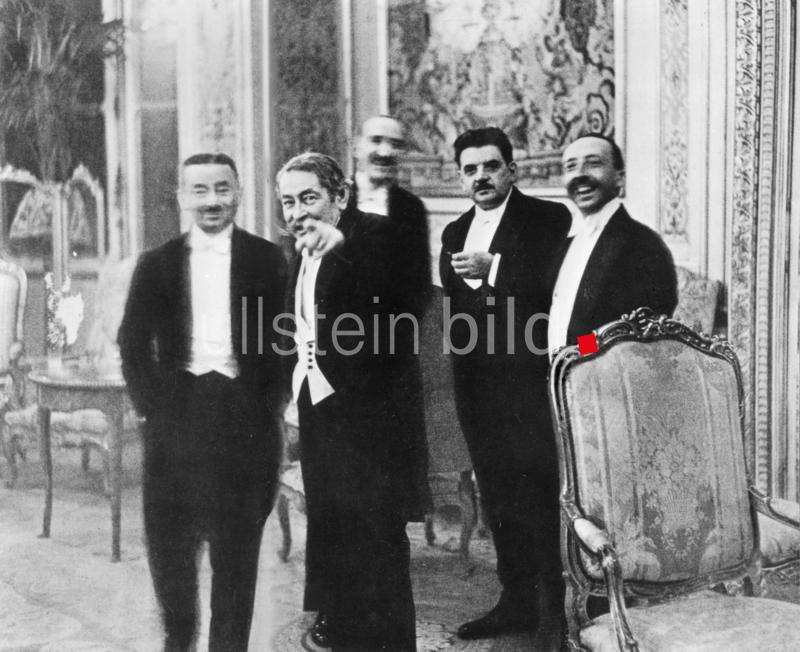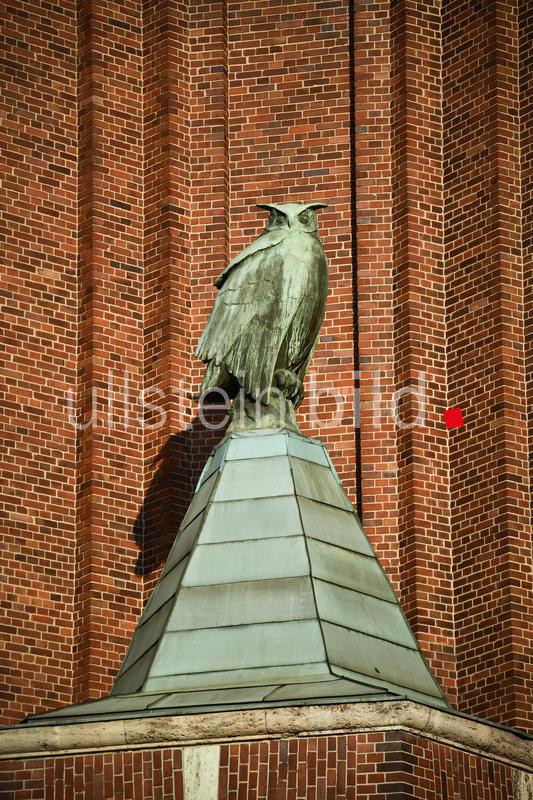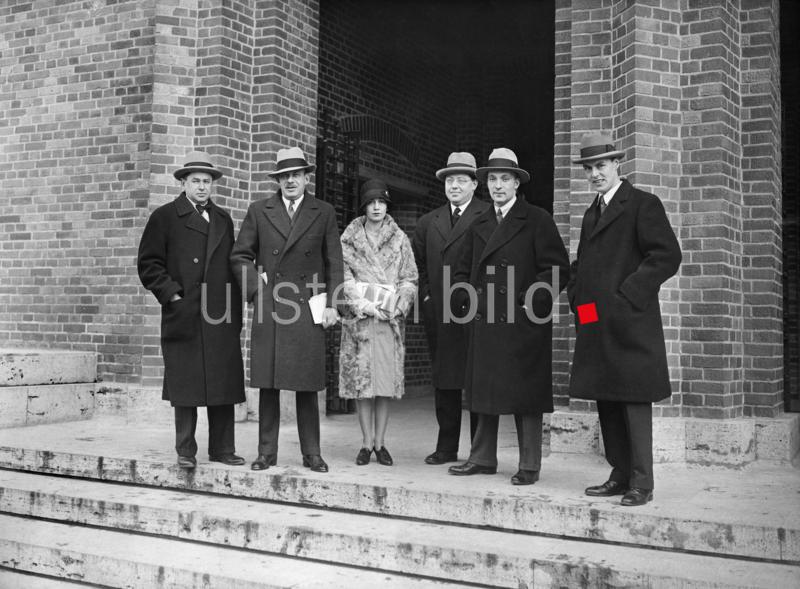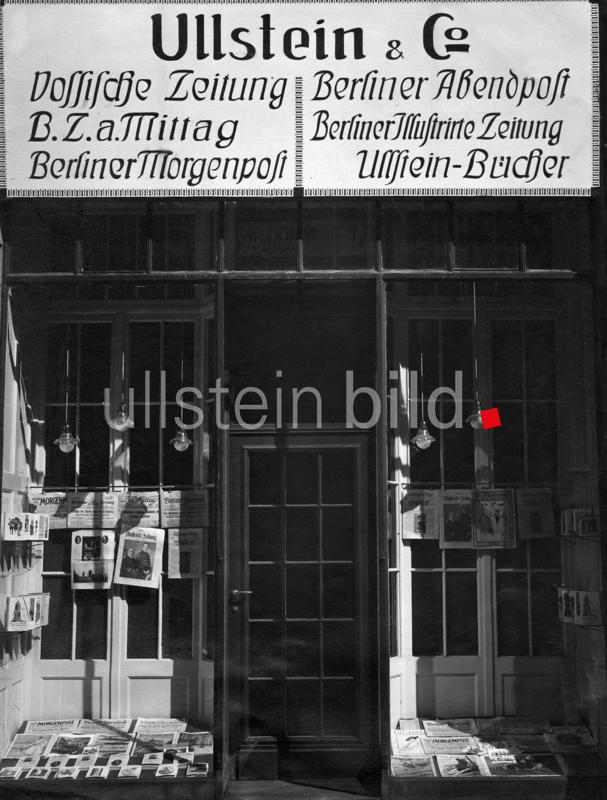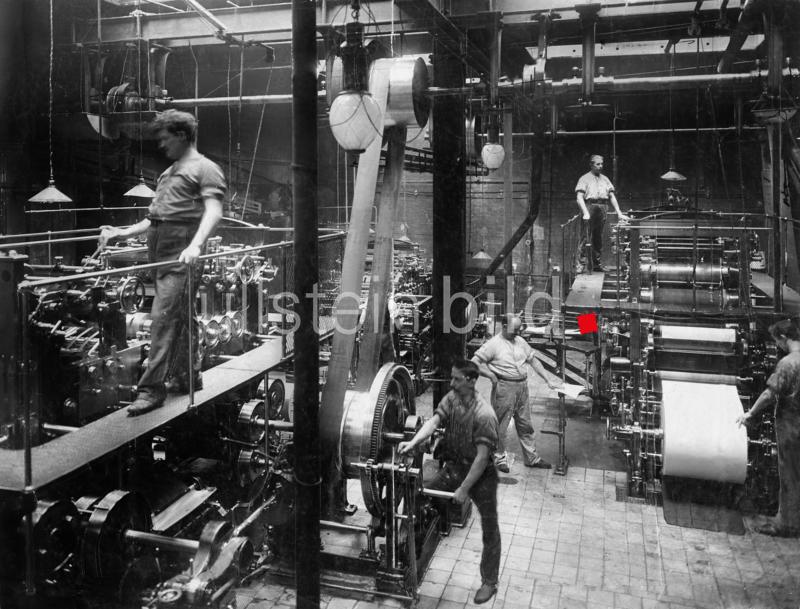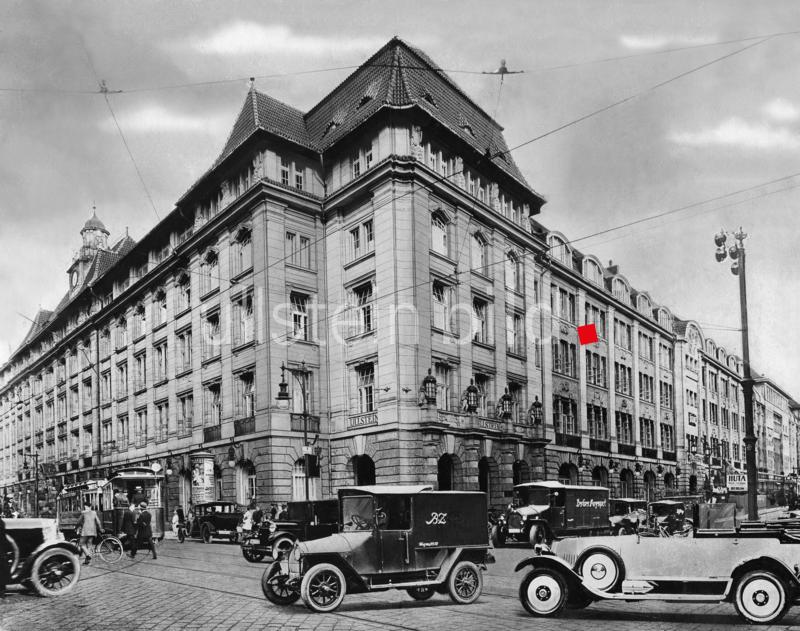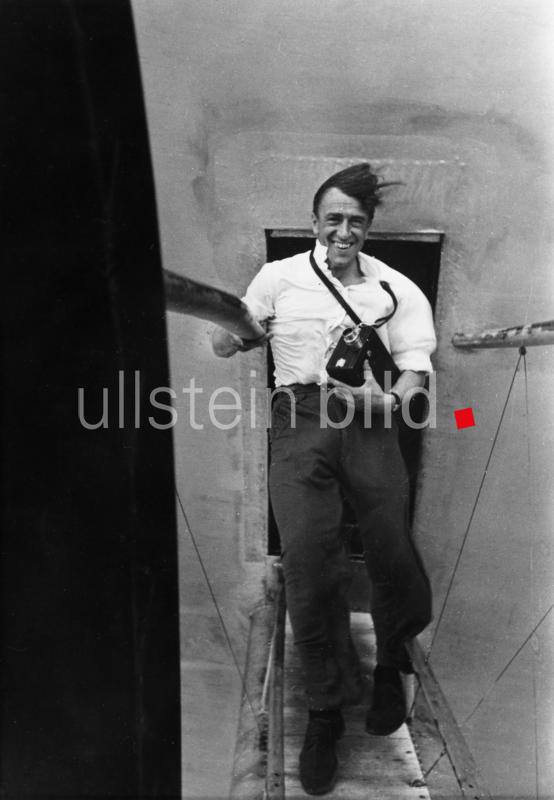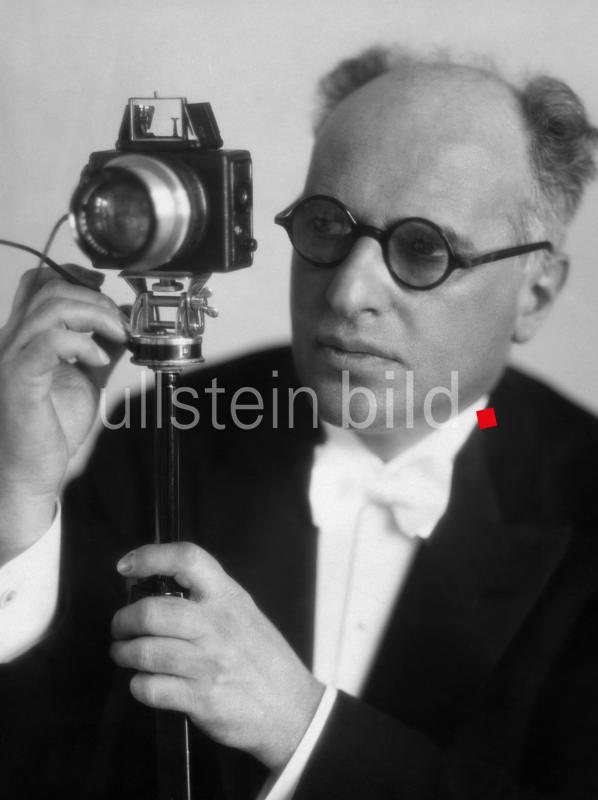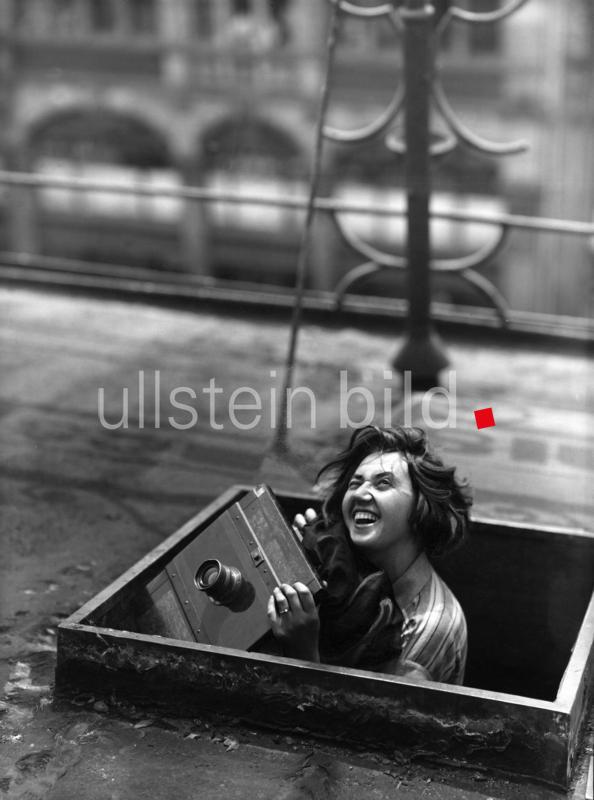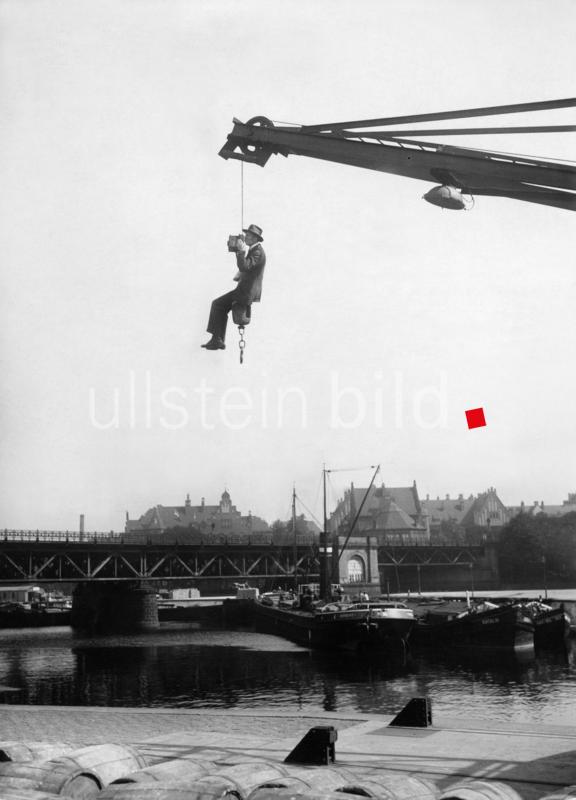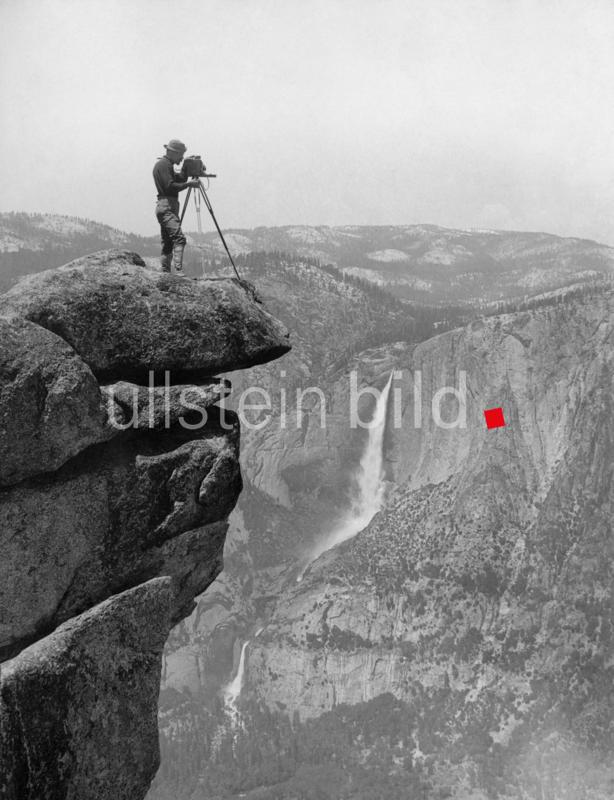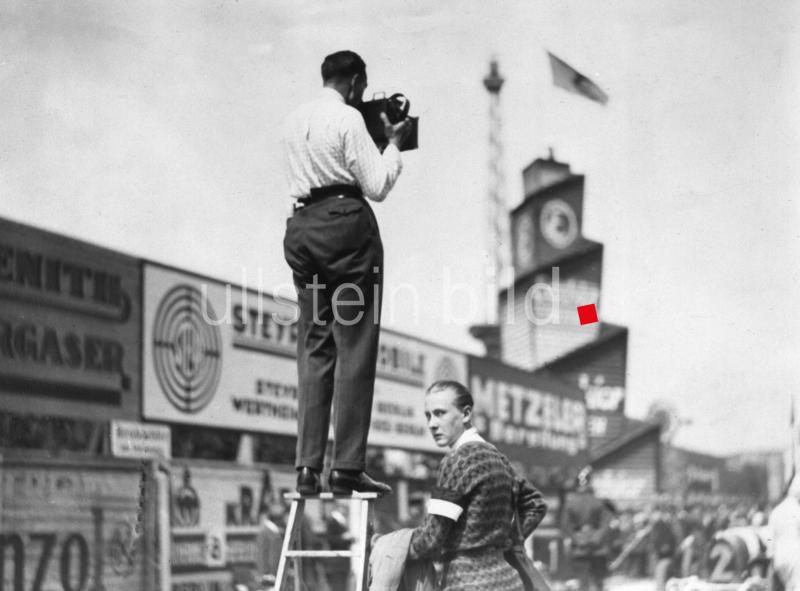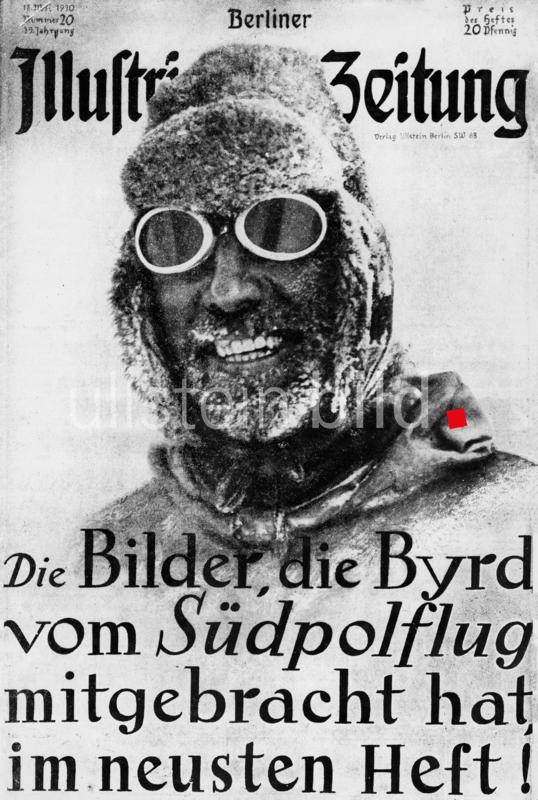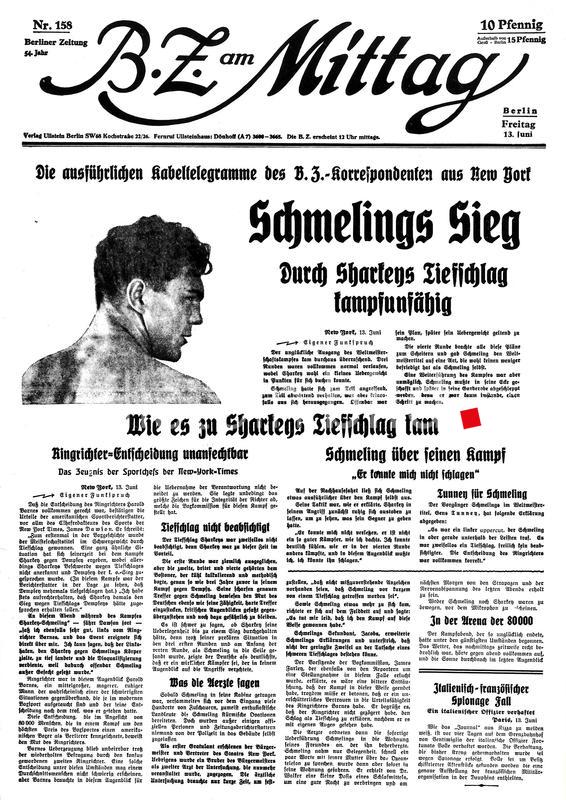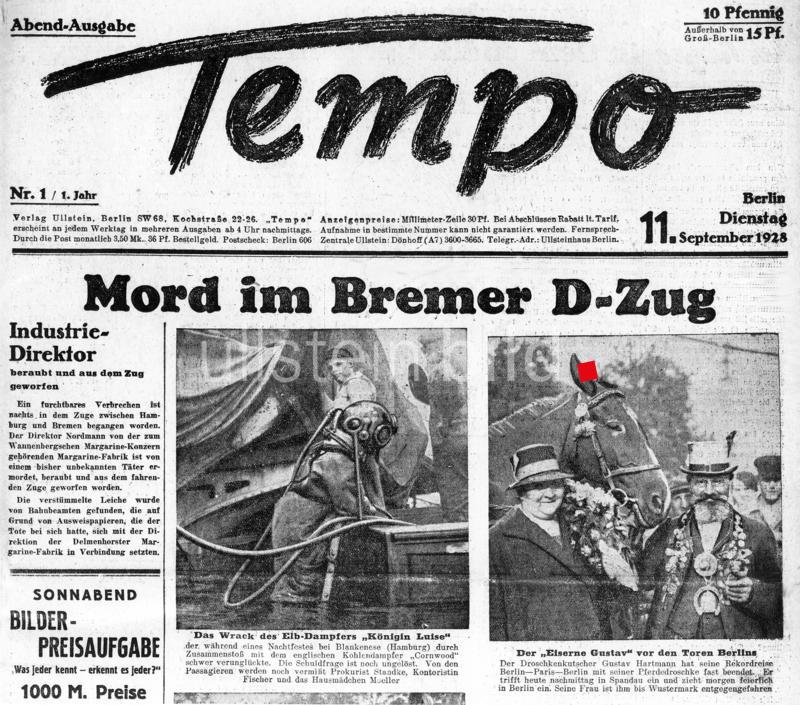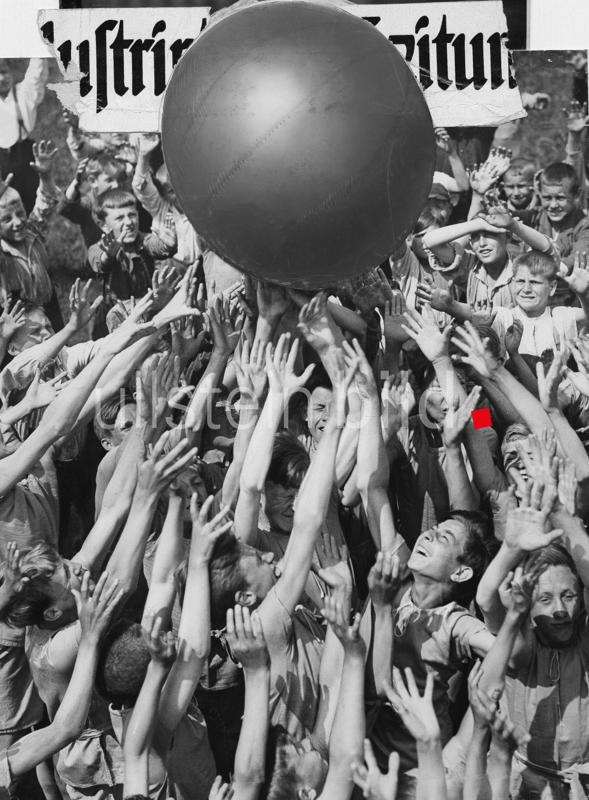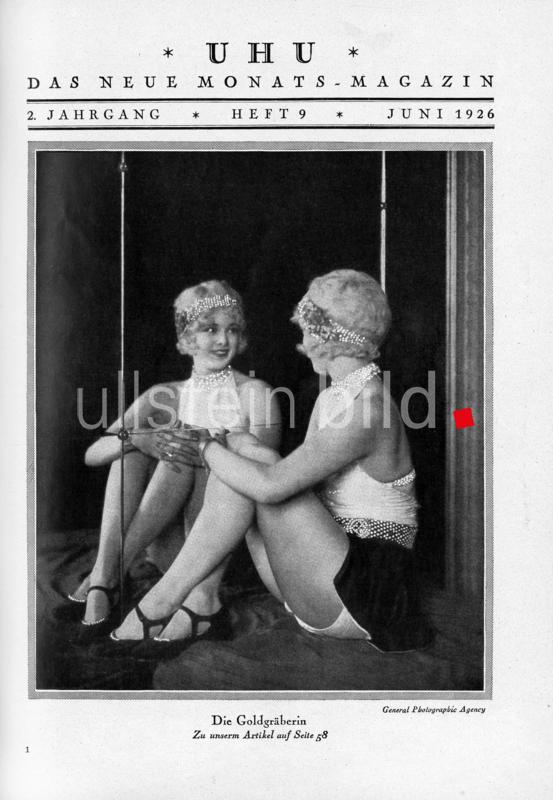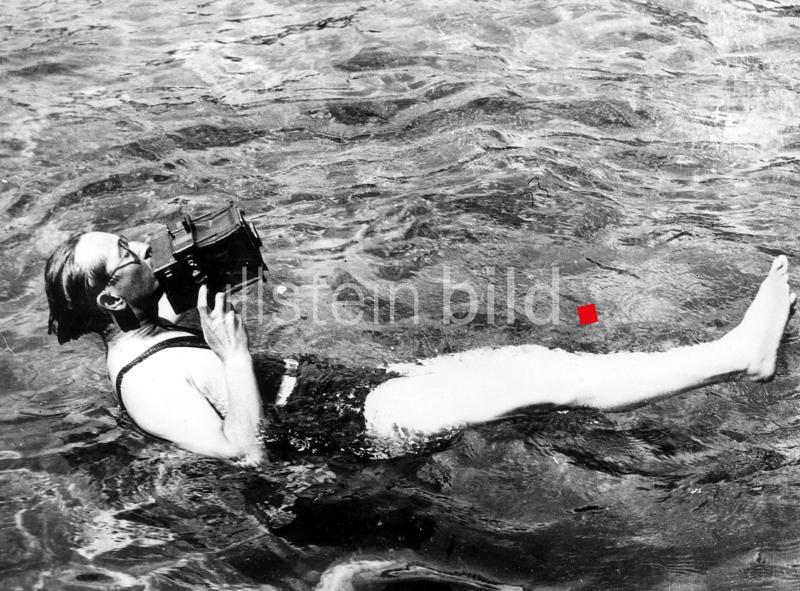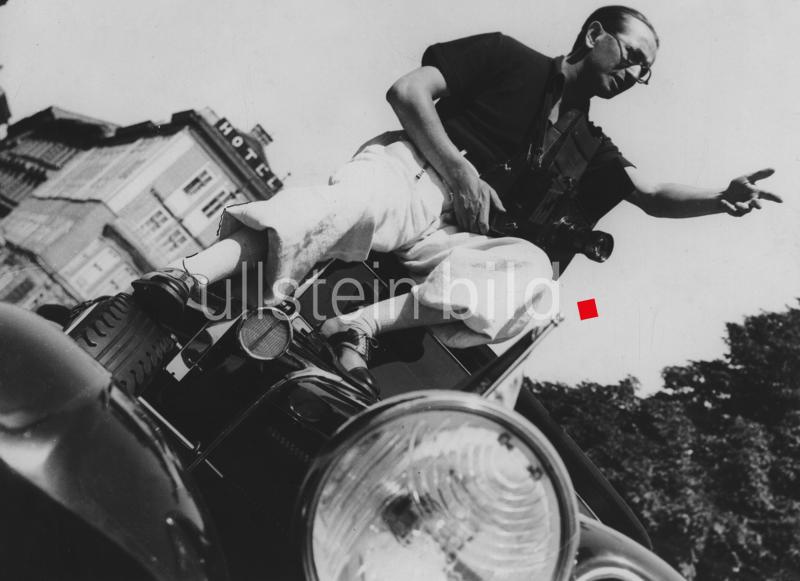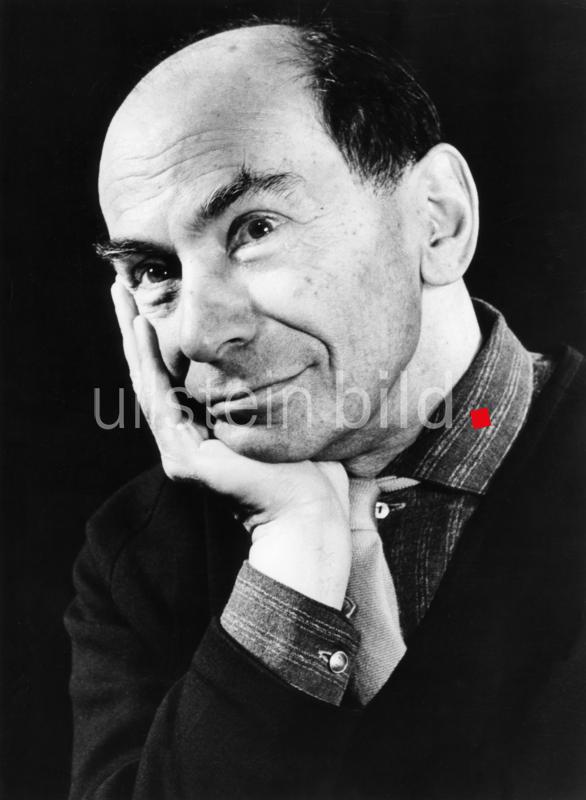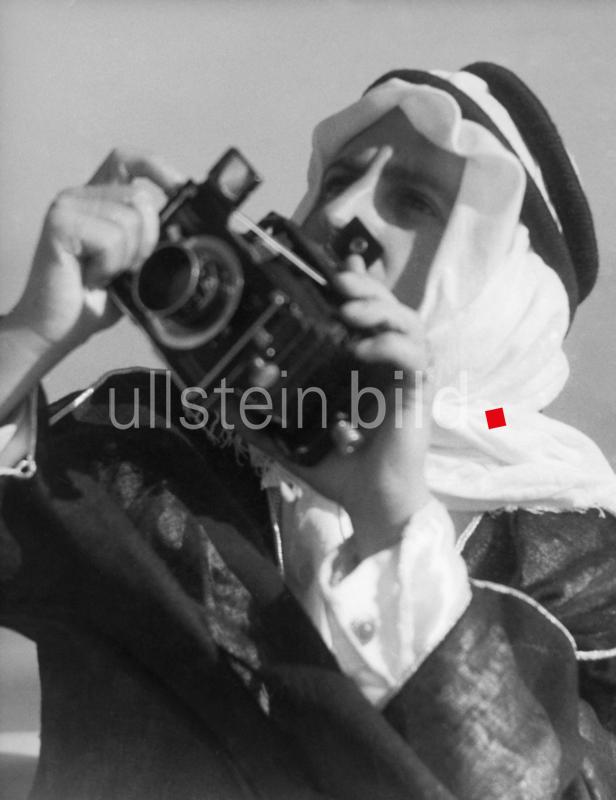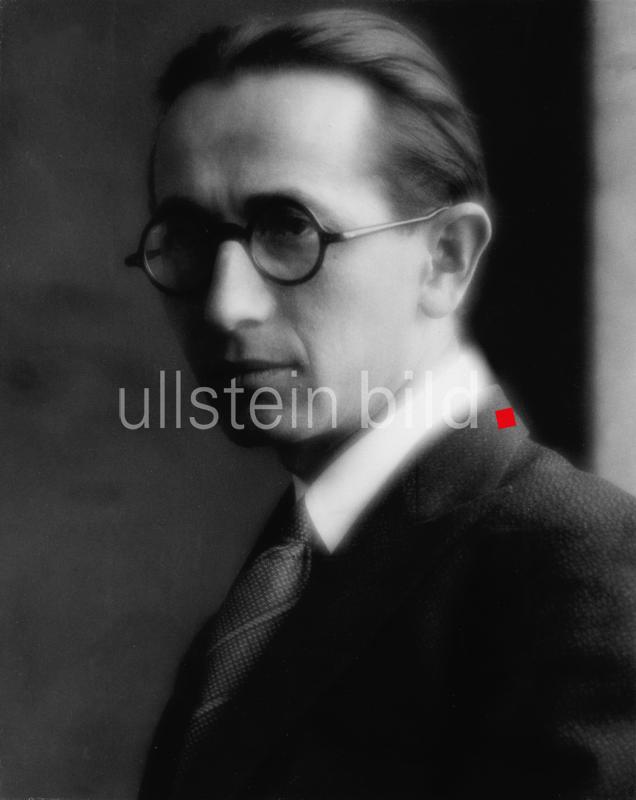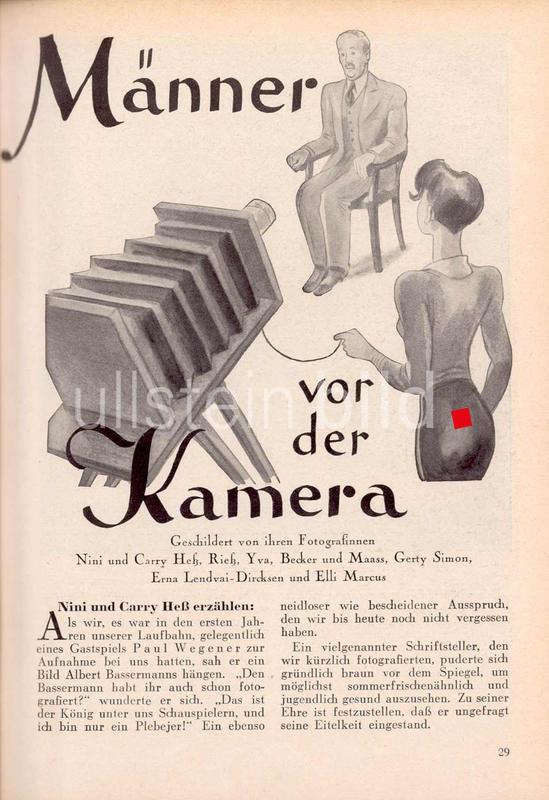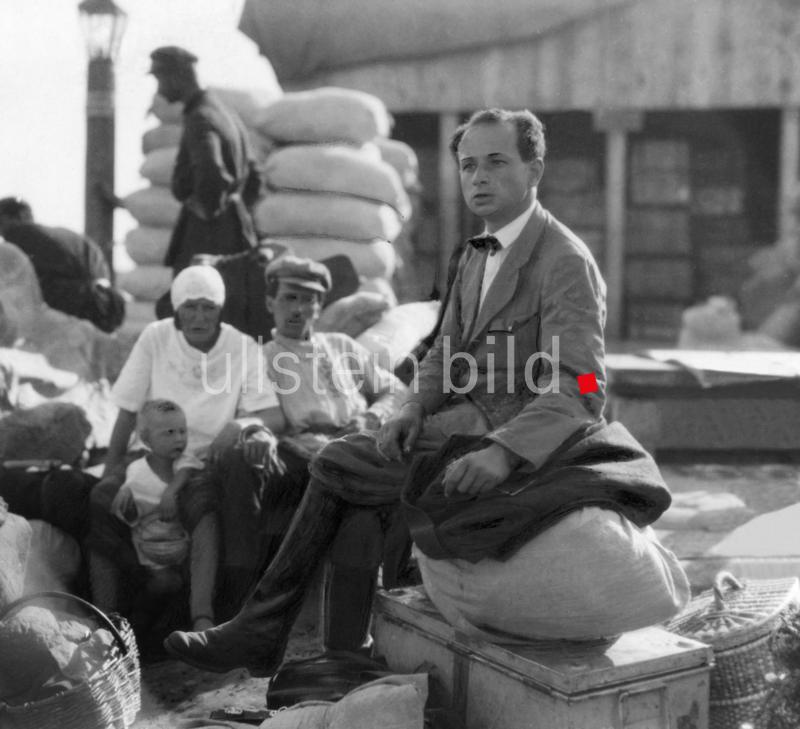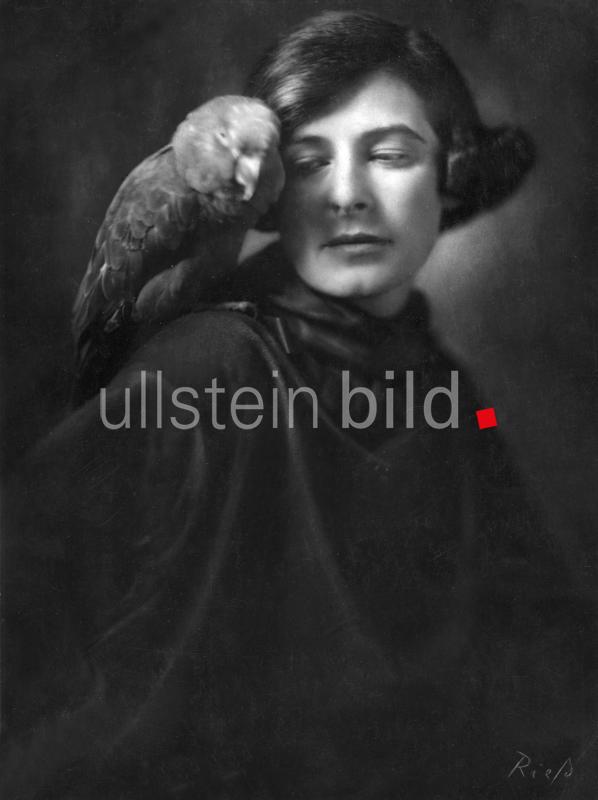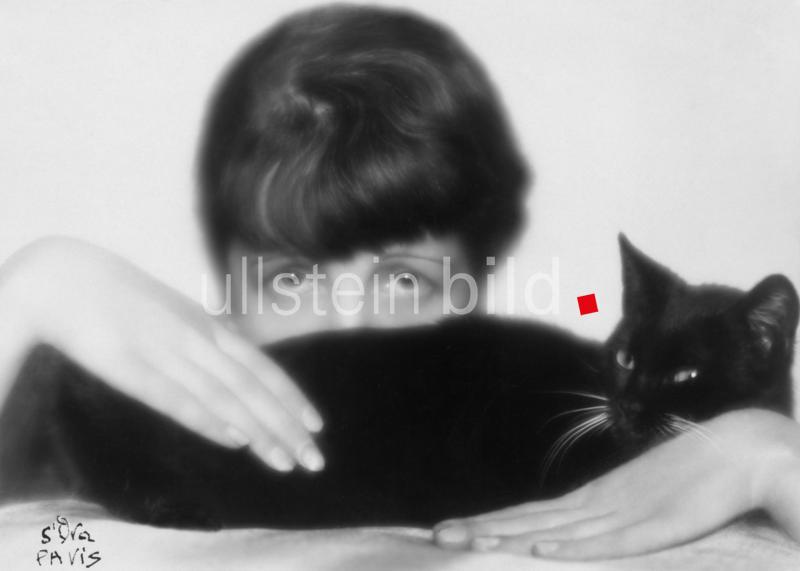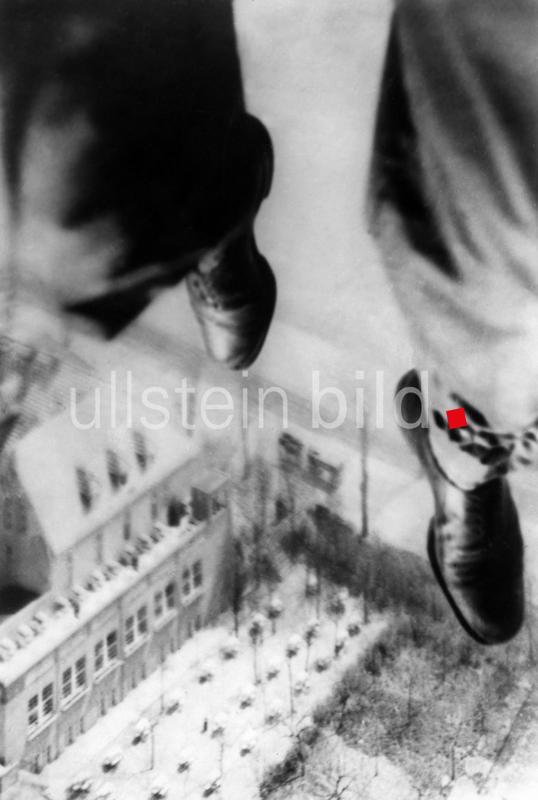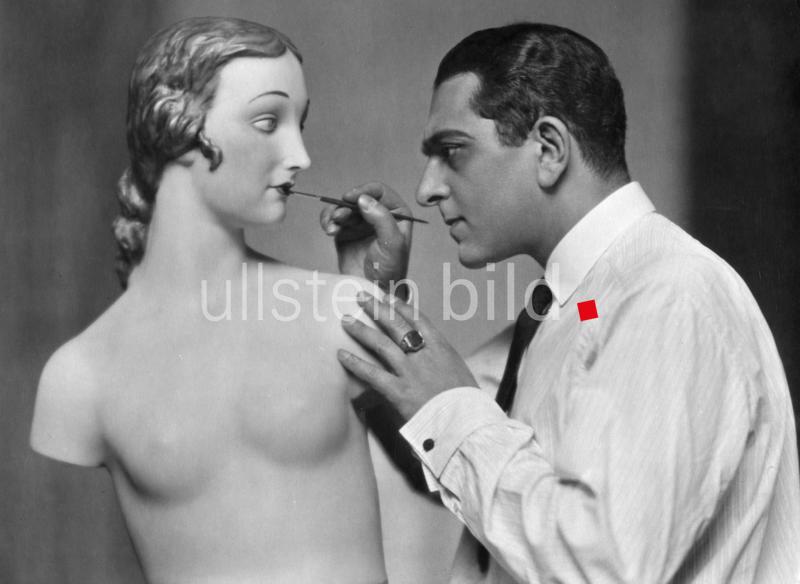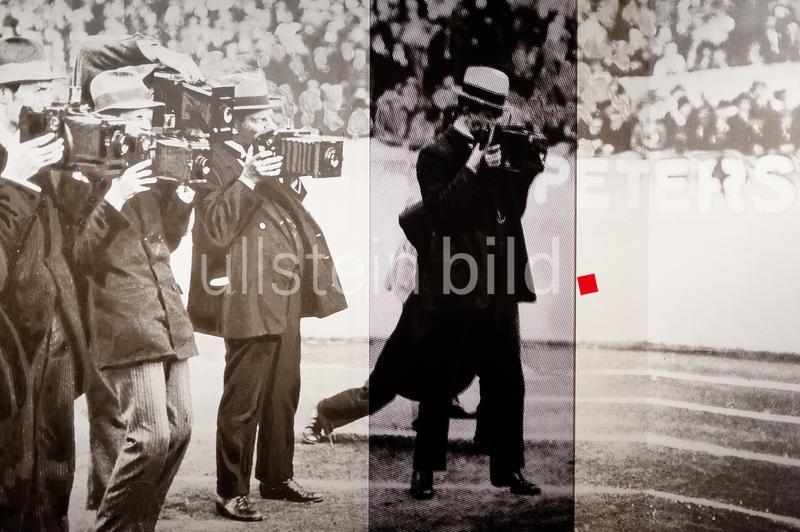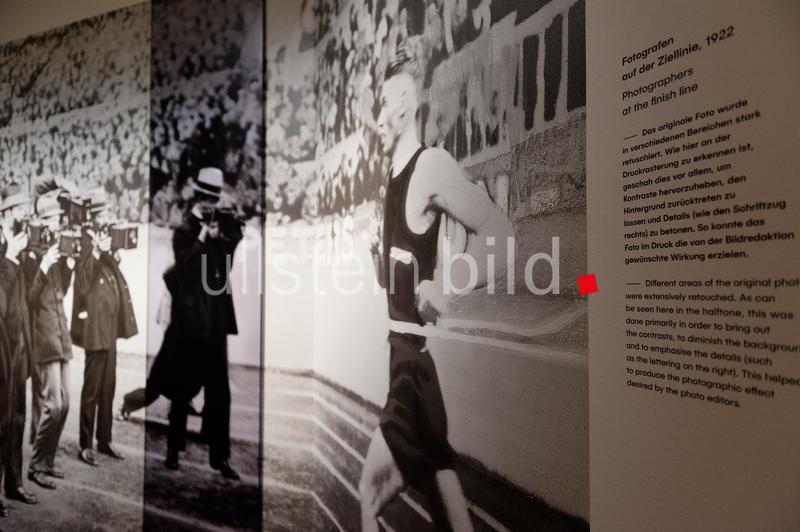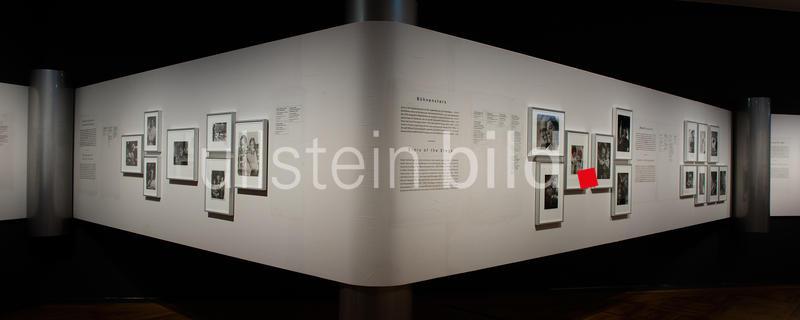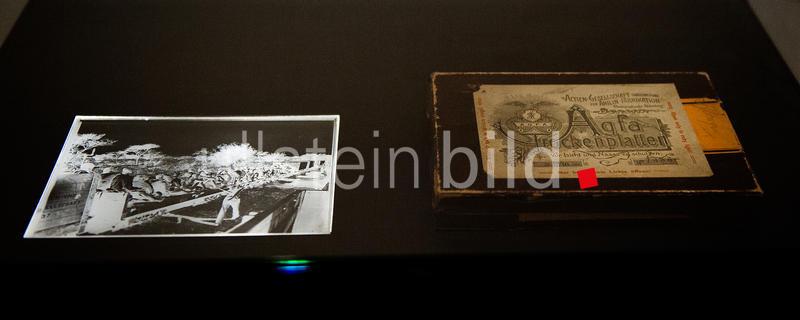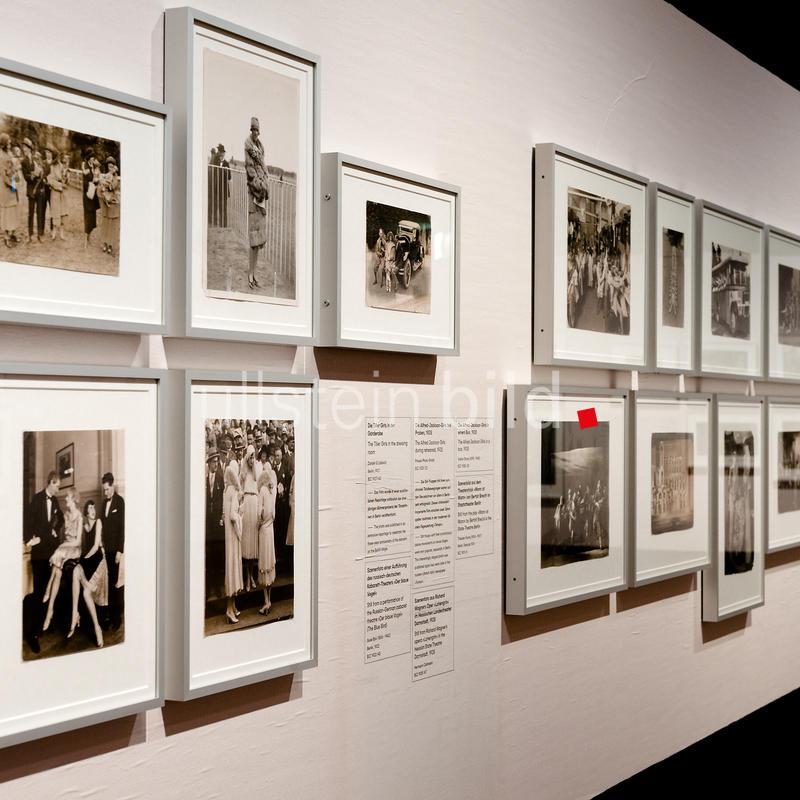Ullstein and press photography
Publication Archive of the Academy of Arts Berlin
The Ullstein photographic collection at ullstein bild / Axel Springer Syndication GmbH
Berlin Archive Review 2024: Press photos in Berlin archives
___________________________________________________________
"Despite the passing of time, some of my pictures seem to me to have lasting value, and so this selection of people, moments and historical situations may be preserved for the memory." (Dr. Erich Salomon)
The manuscripts of several generations and epochs, united in the smallest space and with one goal: to create a closed, universal system of contemporary historical themes and to constantly expand it. The comprehensive card index of the Ullstein Photo Archive in Berlin has been describing selected key topics since the beginning of the 20th century and at the same time functions like a door opener – right up to the present day. It gives us an insight into the origins and locations of a globally unique collection of press photography. At least as indispensable: a look at the Ullstein publications. Not only because they reflect contemporary history, media history and entire innovation spurts, but also because they put the pictorial themes into context. The retrospective words of Ullstein editor-in-chief Kurt Korff illustrate the initial situation and the aspirations of the publishing house at the time of the Weimar Republic:
"But it was only at a time when life through the eye began to play a stronger role that the need for visual recording became so strong that one could switch to using the image itself as a message. This meant a completely new attitude towards the image. It is no coincidence that the development of the cinema and the development of the 'Berliner Illustrirte Zeitung' run fairly parallel. ... Not every picture conveys the desired strong impression without further ado. Rather, the picture must have the strongest concentration, must capture a situation at its climax. But then, under certain circumstances, it achieves an effect that is inaccessible to any text, no matter how eloquent."
Protagonists in the Berlin Ullstein publishing house
Until 1933, Ullstein was accompanied by creative minds such as Kurt Korff, artistic director Kurt Safranski and the publishing family through a period of entrepreneurial success in which the "Berliner Illustrirte Zeitung" achieved a circulation in the millions and a large number of other titles were launched: "Die Dame", "Querschnitt", "Tempo", "B.Z. am Mittag", "Berliner Morgenpost", "Bauwelt", "Uhu", "Koralle", "Grüne Post" and many more. As a consequence, several decisive prerequisites for press photography came together here. Editorial cooperation was characterized by an intensive exchange that often lasted many years. The selection of first-class photographers such as Erich Salomon or d'Ora (Dora Kallmus) was accompanied by the vested first rights to their works for Ullstein. The publisher was vehemently interested in retaining them. In the 1920s in particular, photojournalism opened up the possibility of reaching clients from a studio in a good location and also supplying the relevant publications. For image authors such as Karl Schenker, Yva (Else Neuländer-Simon), d'Ora, Cami and Sasha Stone or Frieda Riess, this was a decisive aspect of their work and the further development of their oeuvre.
Reportage and world tour
On location, in the growing metropolis of Berlin, and also on extensive travels, groundbreaking reportage images and topics were created. One example of this is Kurt Lubinski's "Expedition to Abyssinia, a journalistic voyage of discovery". Dr. Arthur Bernstein describes the connection in a text from 1927: "These journeys into the wide world were preceded by discoveries of a hardly less interesting kind in Berlin, born out of the peculiarities of the time and through them of value as a historical document." The targeted exploration of the world applied to writers and image-makers at the publishing house, and the boundaries were often fluid, with photographs and texts being created at the same time. On the other side of the publishing house, alongside the photo archive, which also ensured that the images could be reused, the picture editors of the newspaper and magazine titles grew. They were all united by the awareness of a journalistic concept "as a mirror of the time that is, and a work of preparation for the time that is to come."
The beginnings of press photography
But it was not only during the Weimar Republic that Ullstein established close contact with photographers such as Zander & Labisch, Robert Sennecke, Waldemar Titzenthaler and Georg and Otto Haeckel. The latter stand for the successful press photo agency of the early 20th century with the claim of worldwide business relations. The two brothers, born in Silesia, established their photography and their agency in Berlin, the up-and-coming media metropolis, from 1905. They covered political events such as the November Revolution, worked as war photographers during the First World War and portrayed social life. Whether it was business, politics, sport, architecture or everyday life, no sector was excluded from the demands of current publications. Newspaper titles published several times a day by various Berlin publishers demanded new photographic material on a daily basis, and she used "moment photography" as an opportunity for her own field of work. Decades later, the estate of the two Haeckel brothers also came to Ullstein Bilderdienst, now ullstein bild. It comprises approx. 12,000 original contact prints and approx. 16,000 glass negative plates by the photographers. A recent donation to ullstein bild – an important part of the collection that is currently being viewed and processed here – confirms the range of subjects and the quality of Haeckel's works. Its own logo "Photographien aus aller Welt" (Photographs from around the world) has become a program and characterizes one of the most relevant collections of German press photography.
It is more difficult to talk about the photographs in the Ullstein Collection, for which there is not a single reference to the author and yet which are of great significance, and about the areas and image authors that have still been little researched. Conrad Hünich, Ernst Schneider, John Graudenz – photographer names that conceal professional and experimental authors from the first third of the 20th century.
Cuts and new beginnings
It was not until the 1930s, with the rise of National Socialism, that this development in photojournalism came to an end. Professional bans, emigration and persecution determined the lives of many Ullstein employees, the Ullstein family and many photographers. Although the Ullstein name was retained until 1937 and a number of photo authors continued to supply the publishing house, the publications leave no doubt about the propaganda machine behind them. Under new auspices and with considerable effort, the former Ullstein partners Kurt Safranski, Kurt Kornfeld and Ernst Mayer succeeded in founding the photo agency "Black Star" in New York, which began a new chapter in the history of photography and from which American publications such as "Life Magazine" and "Time" profited considerably – in the knowledge of an elementary Berlin Ullstein era. The current interviews with the book author Phoebe Kornfeld and the art historian Christian Joschke, Beaux Arts de Paris, from 2022 and 2023 respectively, give an impression of the current research into this subject area and provide information on the latest findings.
If one wants to speak of something like a "core stock" at Ullstein, the post-war period should not be ignored. In the 1950s, the Ullstein picture service opened up to the external market, soon under the banner of Axel Springer. The restitution of the Ullstein family was followed by the takeover by the young Hamburg entrepreneur. Among the examples of a relevant, comprehensive sub-collection at Ullstein are the photographs by Fritz Eschen, which depict the city of Berlin after the Second World War in almost all its facets. Recent research has thankfully brought his biography and his work into an illuminating context. For the subsequent period, the works of photographers such as Claude Jacoby, Jochen Blume, Rudolf Dietrich and Paolo Costa can be referred to. And even beyond that, new discoveries remain a constant at Ullstein and should by no means be underestimated.
Growing interest in photography – and a look at the exhibitions
Today, the presentation of the Ullstein photographic collection is appreciated by an exhibition public with a wide range of interests. The original works – photographs and publications – form the basis of exhibitions at internationally renowned museums such as the Neue Galerie in New York, the Center Pompidou in Paris and the Museum für Fotografie in Berlin, some of which are exclusive. In 2017, "The Invention of Press Photography – From the Ullstein Collection 1894-1945" was created in cooperation with the Deutsches Historisches Museum. An exhibition that used the development of the "Berliner Illustrirte Zeitung" to focus on the rich photo collection at Ullstein and its significance for the national and international media world. Monographic exhibitions on the photographers d'Ora (Dora Kallmus), Nini & Carry Hess or the photographers Willi Ruge and Karl Schenker regularly provide visitors with insights into their respective careers and the creative conditions in photojournalism. The role of photography within various subject areas is also taken into account: New Objectivity, modernist cinema, photography in the Weimar Republic, the encounters between Ullstein photographers and Max Liebermann or, more recently, the eventful history of the illustrator and press illustrator Erich Ohser, alias e.o.plauen, at Ullstein.
Dr. Katrin Bomhoff, Asset & Exhibition, ullstein bild / Axel Springer Syndication GmbH
First published on April 30, 2024.
In the gallery you can see a selection of images on our topic, the corresponding dossier can be found at ullstein bild.
